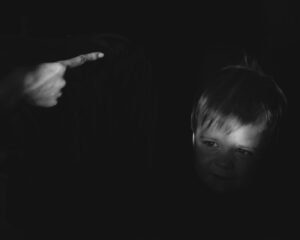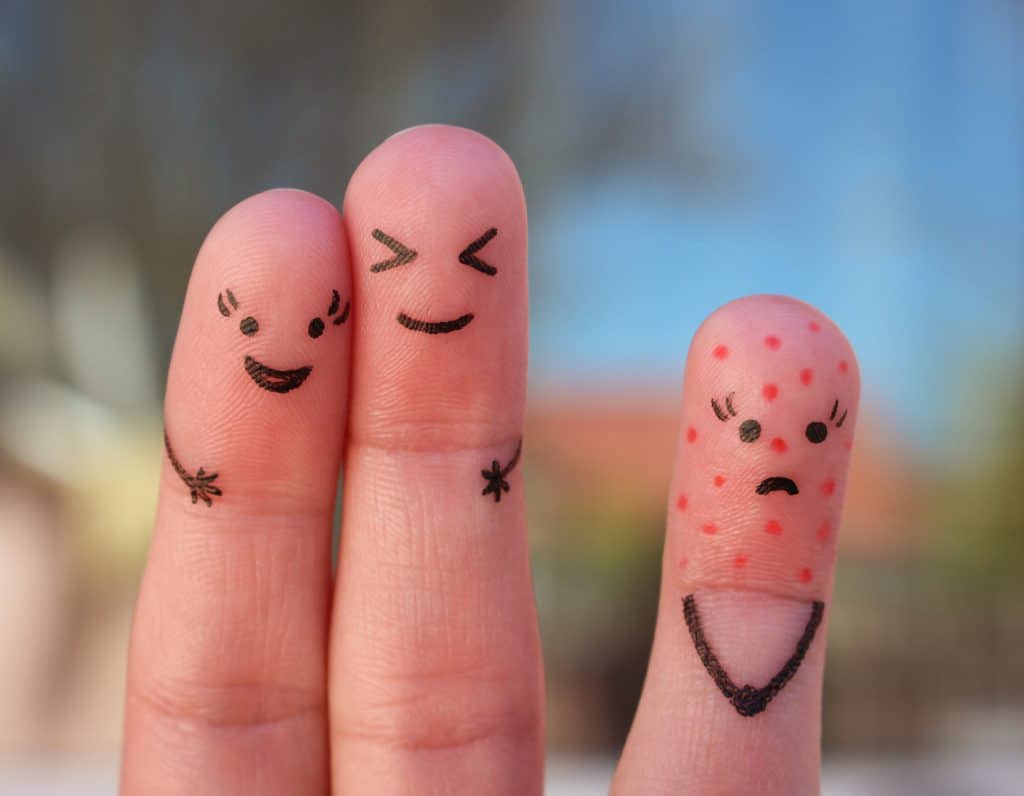
Ringworms, lice, viruses and more!
The simple fact is kids get sick. If they’re school-aged, the chances of them coming down with something is even higher. Schools are germ factories where viruses spread, and living with kids is a lot like living in a petri dish. I like to call my kindergartener a walking, talking bacteria-spreader. Gross? It’s just life (with kids!).
So to save you from a panic attack each time you’re notified of a scary sounding illness by the school (or doctor), here’s a complete guide of the pesky bugs floating around at this time of year and what to do if your little one comes home with them.
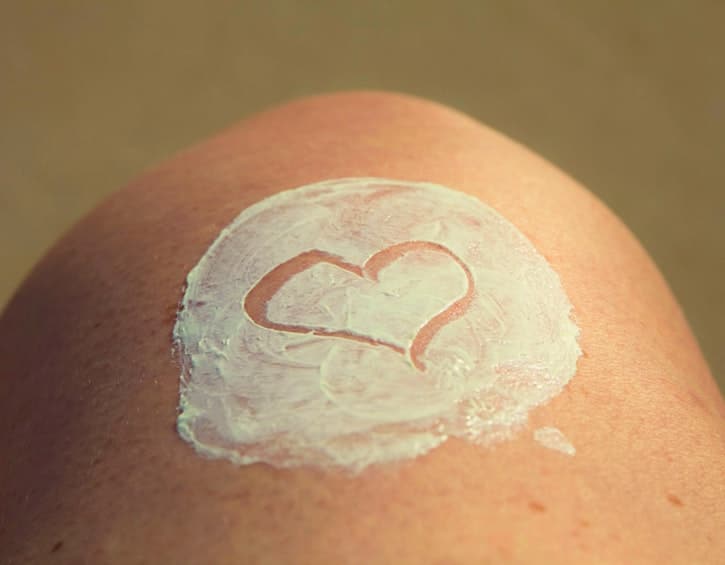
Ringworms
It’s hard to miss the circular, red, scaly raised patches on your child’s skin fold or someone else’s in Hong Kong’s hot and humid weather. This creepily annoying skin infection has (thankfully!) got nothing to do with worms. The name is a misnomer, it’s actually a contagious fungal infection and goes away in about two weeks time.
How It Spreads: Damp towels, gymnastics mats, swimming caps, shared goggles, walking barefoot in public showers, etc. Once the child is infected, it can spread to other body parts by scratching.
What To Do: Ringworms look disgusting but they are fairly harmless. You’ll have to tape the ringworm in a loose gauze when your kid is off to school so it doesn’t spread. The doctor will do a rash test to confirm ringworms and then prescribe anti-fungal creams such as Calotrimazole, Econazole or Miconazole for two weeks for the infection to subside. In case of a recurring infection, you’ll have to use all your persuasive skills to apply the cream on the infected site for about a month!
Molluscum Contagiosum
You’ll want to grab the hand sanitiser to read about this one. Molluscum is a viral skin infection of the pox family, marked by small clusters of flesh-coloured bumps on the chest, tummy, groin or the armpits. Each mollusca starts as a tiny pin head on the skin and, if left unchecked, it might grow into pea-sized lesions. But panic not, because molluscum is not dangerous or painful; it’s just itchy and gross to look at. And it might warrant your kid’s first visit to the dermatologist; but besides that molluscum’s bark is more intense than its bite.
How It Spreads: By direct skin-to-skin contact but kids being kids, they’ll pass this virus on to one another through shared toys, books and food. These warts are contagious as long as the lesions are present
What To Do: A dermatologist will offer you a range of treatment options – cryotherapy (which includes freezing the lesions and then scraping them off), using the range of wart medicines (such as those with salicylic acid), giving oral medicines or just waiting and watching and letting the bumps disappear on their own in two to three months time. The latter is usually the course for little ones who run the risk of scarring their skin by intense treatment options.
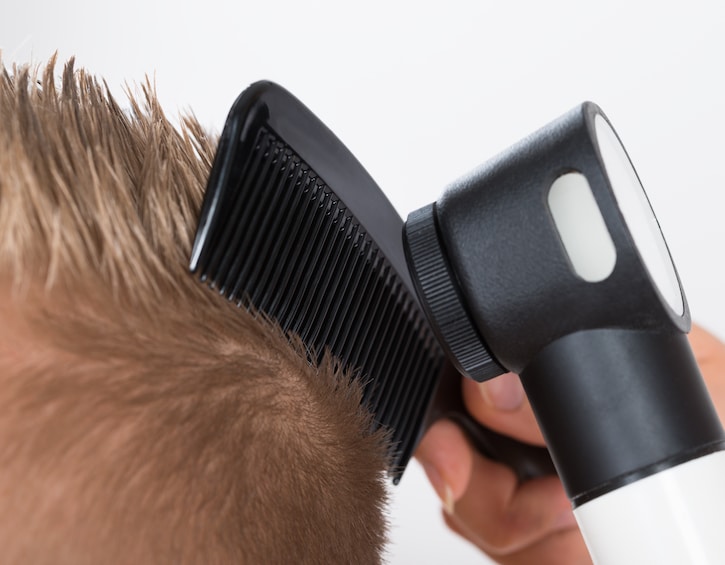
Head Lice
I got it twice in secondary school and the mere mention of it still sends a pit down in my stomach and induces a scratch. We mums may be able to handle diarrhoea explosions, vomit, phlegm, yada yada yada, but like my mum once said, nothing prepares you for the horrors of head lice. And it’s pretty much the rite of passage for school-aged children.
How It Spreads: From head to head, pillow to pillow and comb to head. And it’s also spread by the way kids play- hugging, tagging, sharing head gear and whispering all important secrets make it a cakewalk for these blood sucking critters to spread. Stigma aside, head lice is a great equaliser and has got nothing to do with hygiene; in fact these tiny brown bugs love clean, healthy scalps to breed. The complete louse lifecycle takes about three weeks. The adult female lays about 10 eggs a day, then attaches each to an individual hair shaft. The eggs hatch in about nine to 10 days and then each adult female begins to lay its own eggs.
What To Do: First, calm down and verify if your kid actually has an infestation. Reach for a magnifying glass and sit in direct sunlight. Examine behind the ears, the crown and the back of the neck for pearly brown dandruff sized nits. Nits have a hard shell and are sort of glued to the hair shaft.
It’s positively head lice? Now what?
For starters, apple cider vinegar and warm water or the suffocation treatment with mayonnaise works wonders. The traditional way of conditioning, combing the lice (with the special fine toothed lice comb) and manually picking out the nits works best. Do this for one week and every alternate day in the second week to break the cycle.
There are lots of anti-lice shampoos and lotions in the market which kill the lice chemically. And then there’s the laundry. Whatever can’t be given a high-heat spin in the dryer needs to be vacuumed and sprayed with tea tree oil to avoid further infestation. This should only take about two to three weeks of your life. Once you’ve successfully de-loused and managed to contain the infestation to just one child, give yourself a hi-five and pour some wine. Seriously, you’ve earned it!
Read more: No Nits: How To Prevent And Treat Head Lice
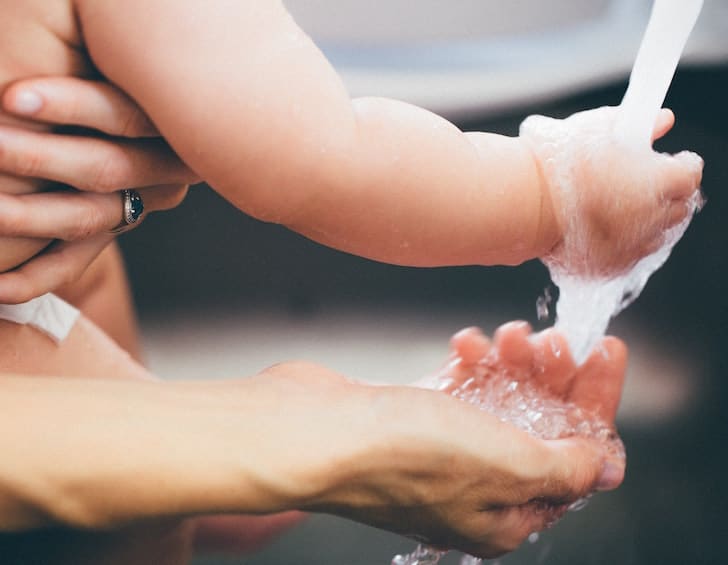
Hand, Foot and Mouth Disease
A couple of years back, within weeks of starting school, my son got diagnosed with the dreaded hand, foot and mouth disease. As draconian as the name sounds, we had never heard of it before. In my limited, new-mum vocabulary, fever and bumps were telltale signs of measles and nothing else. Needless to say, the whole episode was icky, painful and totally grotesque! The two weeks of boils, rashes and endless washing of beddings and toys was a trip through hell.
Caused by the coxsackievirus from the entovirus family, the same which gave us polio (sound awful, doesn’t it?), it begins with a fever and we mums know nothing good ever comes out of a fever. Before you know, the red blisters rise like the bubonic plague infecting all your children with all its monstrous might. Sorry for the exaggeration, but after my kid got this and a subsequent bout of measles because of low immunity, I was worried the next illness coming home might be the deadly Ebola!
The viral disease rears its painful head from early summer and the risk goes on till the fall. And like so many other kiddie infections, there is no treatment except Panadol, over-the-counter ointments, rest, popsicles, cuddles, lozenges, lame cartoons and total quarantine for about a week to 10 days so the infection doesn’t unleash its insanity on other unsuspecting kids.
How It Spreads: It’s highly contagious and spreads from close contact with the infected person. The incubation period is three to six days, meaning the child will not show the telltale symptoms of fever, rashes, sore throat at this time, but will still be capable of spreading it around.
What You Can Do: Hug them, hold them, monitor the fever with Panadol and pray your child finishes off this infection unscathed with all his fingernails in place (yep, a common complication). Besides over-the-counter pain and itch relief measures, there’s nothing much you can do. After all, HFM is a viral disease, it will take about a week or two and clear on its own. Appetite will take a blow, so understand that your little one has ulcers inside their mouth and sometimes around the food pipe too! Apple sauce, yogurt, banana puree, milkshakes and anything that doesn’t require too much chewing will help your little one get calories without the irritation. Once the disease has cleared, there’s tons of laundry and disinfecting of toys awaiting you!
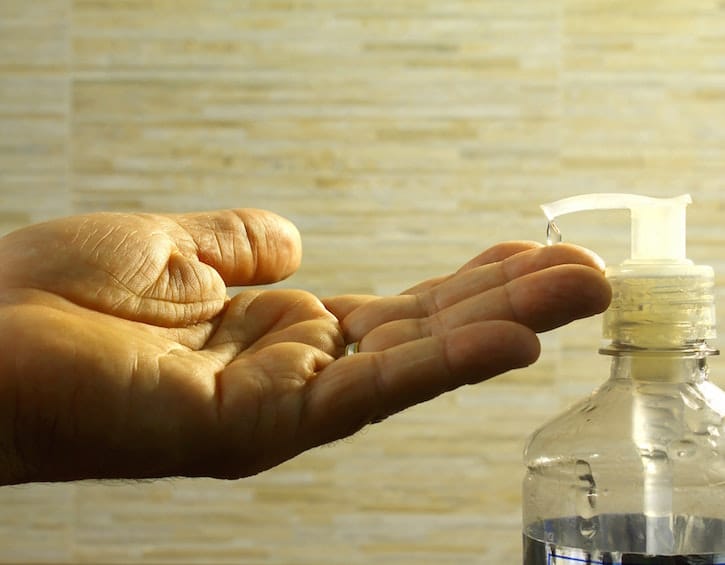
Threadworms or Pinworms
I hope you’re not reading this while eating. Lice is horrid, but worms? Way worse. Excuse the gross topic butt, pinworms are a real pain in the a**. Though they’re not dangerous, these irritating creepy crawlies will wake up your little one in the midst of the night with a pretty intense scratch attack on their rear end. That’s pretty much the main symptom. These pin-shaped anal worms infest in colons and rectums and the female worms come out at night to lay eggs on your kiddo’s bum, on his underwear or in his poop. (Ewww!)
How It Spreads: By touch. Here goes the icky cycle: kid scratches bottom, picks up the eggs on his fingernails, transfers them to toys, food or whatever he touches. The eggs live for a fortnight and get picked up to another kid touching the same objects, and eventually they are ingested. Don’t flip out, mamas. The point is they spread like wildfire.
What To Do: First of all, making sure your child washing his or her hands well is the best defence again any bacteria or virus. Fortunately, though gross and freaky, pinworms are a temporary annoyance. Your doctor will probably stick a piece of tape on the child’s bottom and, if lab tests confirm anal bugs, you’ll be given a dose of an anti-parasite for the whole family because they’re so contagious. A second dose of medication is repeated after two weeks to completely wipe off any residual pinworm eggs. And, there’s a lot of high heat laundry washing for you to do and implement the hand washing ritual with all your might.
The list of bizarre ailments affecting young kids is endless. Some, such as impetigo, the sore-inducing, staph bacterial infection, are high on my gross-o-meter. And while the children are little, you’ll spend an exorbitant amount of dollars getting your walls scrubbed and toilets cleaned, and single-handedly be responsible for sanitiser companies flourishing. Your kids will still fall sick, get weird illnesses and possibly infect you as well. And that’s a rite of passage; that’s how they’ll grow into healthy adults. At least that’s what the science says.
 View All
View All








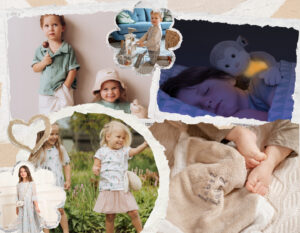
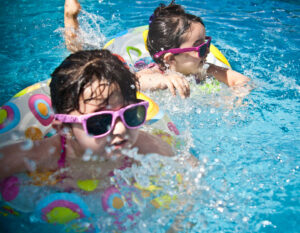
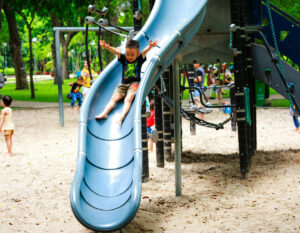
 View All
View All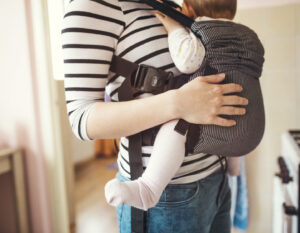
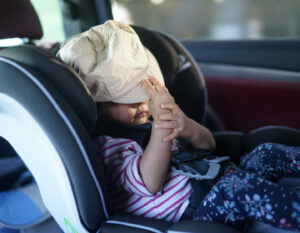


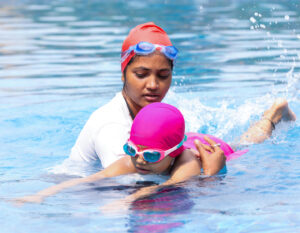
 View All
View All


 View All
View All







